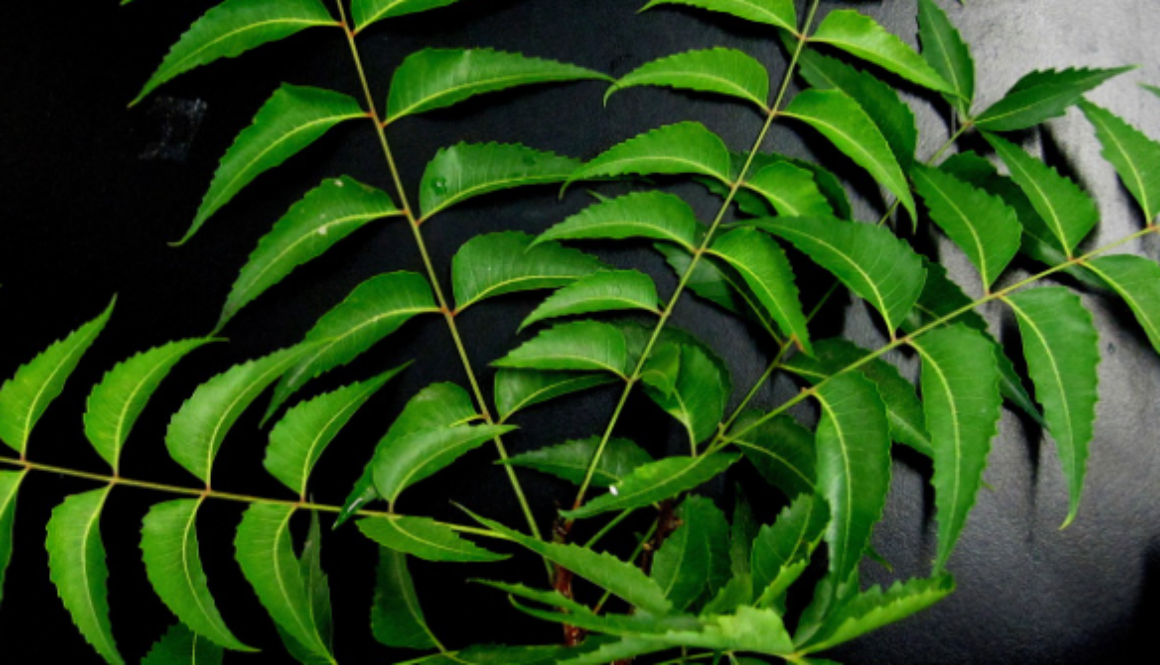NEEM
CLIMATE: Neem tree grows well in all regions having average annual rainfall of 350
to 1200mm. It is a very robust in warm climatic condition, can tolerate high temperature upto 50°- 52°C. The plants
cannot withstand intensive shade or frost.
SOIL: Neem can grow in wide range of soils, however, black cotton soils are best suitable form them. These trees can even grow in rocky soils where water availability is a major concern.
PROPAGATION AND PLANTATION: Usual way of propagation for these trees is by sowing seeds. However, grafting of rootstocks are also possible. The seeds can be sown directly to the main field or seedlings can be raised primarily in nursery beds before transplanting. Planting or transplanting before or during rainy season is the best
suitable period for establishment of the plants.
The seeds shall be collected from the fruits at the stage of yellow-green color and immediately depulped. The germination probability from fresh seeds is about 90%. The seeds may be soaked in cold water for 24 hours for better germination. The germination of seeds starts after 6-7 days.
Transplantation of seedlings shall be done once they reach at a height of 8-10 cm tall with a taproot of 15 cm long. However, in dry areas, more aged seedlings give better survival rate. 25-30 cm long seedlings shall be transplanted in pits of 30 cm3 at a distance of 3 m x3 m in per ha land.
PLANT PROTECTION: The plants shall be grown without chemical fertilizers and use of pesticides. Organic manure and pesticide are recommended.
IRRIGATION: These plants survive with little water. Therefore, conditions like water logging, poor drainage shall be avoided.
HARVESTING: Neem trees start bearing fruits after 4-5 years of plantation and come to full bearing at the age of 10-11 years.
USES
Neem boosts immunity, improves skin health, oral health and is very effective for dental treatment, reduce diabetes, treats malaria and aids blood detoxification. Leaves of Neem are used for treating leprosy, eye disorders, stomach ulcers, loss of appetite, skin ulcers, liver problems, gum diseases and anti-fungal problems.
Neem kernel and neem oil are used as pesticide. The de-oiled neem cake and green manure, which is produced from the plant, is used as fertilizer and helps in neutralizing acidity of the soil. The leaves are eaten fresh and also used in
cooking. The plant also provides fuelwood, timber and fodder.

